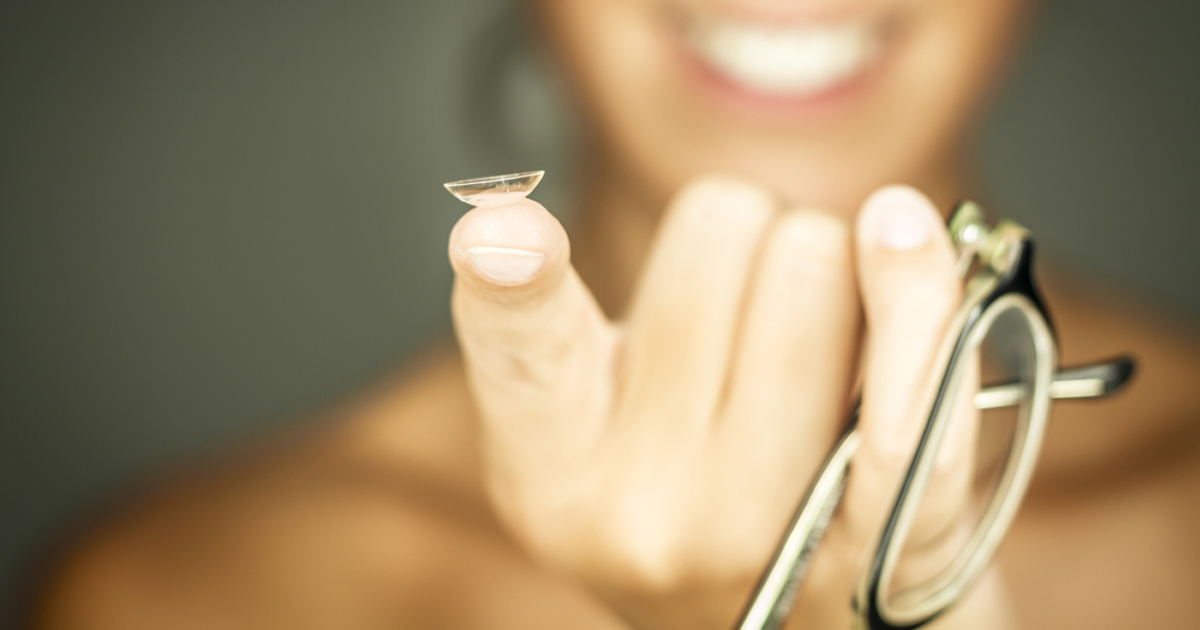Tips For Treating And Living With Nearsightedness
Nearsightedness, otherwise known as myopia, is one of the most common vision conditions. Individuals with myopia have trouble seeing objects far away from them, but they are able to view close objects clearly. The condition occurs when an individual's eye shape causes the incorrect bending of light, which makes images focus in front of the retina rather than on the retina. Nearsightedness might develop rapidly or gradually. It usually runs in families, and it tends to worsen throughout adolescence. Basic eye exams can confirm nearsightedness. Patients may have blurry vision, need to squint, or difficulty seeing when they drive a vehicle. There are a number of ways to treat nearsightedness. Learn about them now!
Wear Prescription Glasses

One of the most common solutions for nearsightedness is to wear prescription glasses. Glasses and contact lenses work the same way. The lenses of the glasses alter the direction of light's rays, allowing the rays to focus on the retina instead of in front of it. For nearsighted individuals, light rays come to a focus point too early. Glasses will diverge the light rays, helping reduce the focusing power of the eye. When the focus point moves backward, the patient is able to see. Eyeglass lenses have powers measured in diopters. For nearsighted patients, lenses will begin with a minus sign. Meanwhile, those who are farsighted will have a plus sign on their prescription measurement.
Uncover the next option for treating nearsightedness now.
Laser-Assisted In Situ Keratomileusis

Laser-assisted in situ keratomileusis, typically referred to as LASIK, is a type of laser eye surgery that changes an individual's cornea shape. The goal is to reduce the patient's need for glasses, with ultimate success eliminating the need for glasses entirely. This surgery is typically used with severe cases of nearsightedness. Before LASIK, the only surgical options for vision correction tended to have very long recovery periods. LASIK can be done directly in the ophthalmology office. The surgery takes only twenty to thirty minutes to complete. There isn't a lot of pain, and the recovery time tends to be fast. Numbing eye drops are used to reduce pain, but general anesthesia doesn't tend to be required.
Continue reading to reveal more ways to treat nearsightedness now.
Orthokeratology

Orthokeratology is a practice that lets patients use special contact lenses overnight. The gas-permeable lenses reshape the cornea while the patient sleeps. After this gentle reshaping, the patient can see clearly when the lenses are removed in the morning. It's important for the right contact lenses to be used in this procedure. Regular contact lenses aren't breathable enough, and wearing them overnight can lead to eye damage and pain. But orthokeratology functions with breathable lenses that have FDA approval for overnight use. Orthokeratology's effects last for one or two days. Patients receive the best results when they wear the contacts every night. While it isn't a permanent solution, it's a good option if patients want to reduce the need for glasses and regular contact lenses.
Learn more about treating nearsightedness effectively now.
Topical Atropine Drops

Topical atropine drops are used to help slow the progression of myopia, and it has shown promise when used with children. The myopia progression typically slows enough to prevent children from becoming severely impaired as their eyes develop. Childhood nearsightedness usually receives a diagnosis when the child is about five to seven years old. Vision tends to get significantly worse as the eye rapidly grows through childhood and adolescence. Atropine drops have only been used as a treatment in recent years. Prior to this, prescription glasses were the only treatment. Children who use atropine drops still need to wear glasses. The treatment isn't a cure for myopia, but it does help keep it from becoming too bad.
Get the details on more treatments for nearsightedness now.
Modifying Contact Lenses

One of the most frequent forms of treatment is through modifying contact lenses. Contact lenses use the same prescriptions as glasses. Like glasses, the lens changes the way light enters the eye, allowing the eye to focus properly. Contact lenses are significantly thinner than eyeglass lenses. Some patients prefer them because they eliminate the need for glasses, though others experience some discomfort. A contact lens rests directly on the surface of the eye. Glasses, by contrast, are about a half inch away from the face. Since contacts are much closer to the eye, they don't need as large an optic zone. With eyeglasses, the optic zone includes the entire surface of the lens. Contact lenses only have a small portion of the lens dedicated to the optic zone, while the peripheral curves have no effect on an individual's vision.
